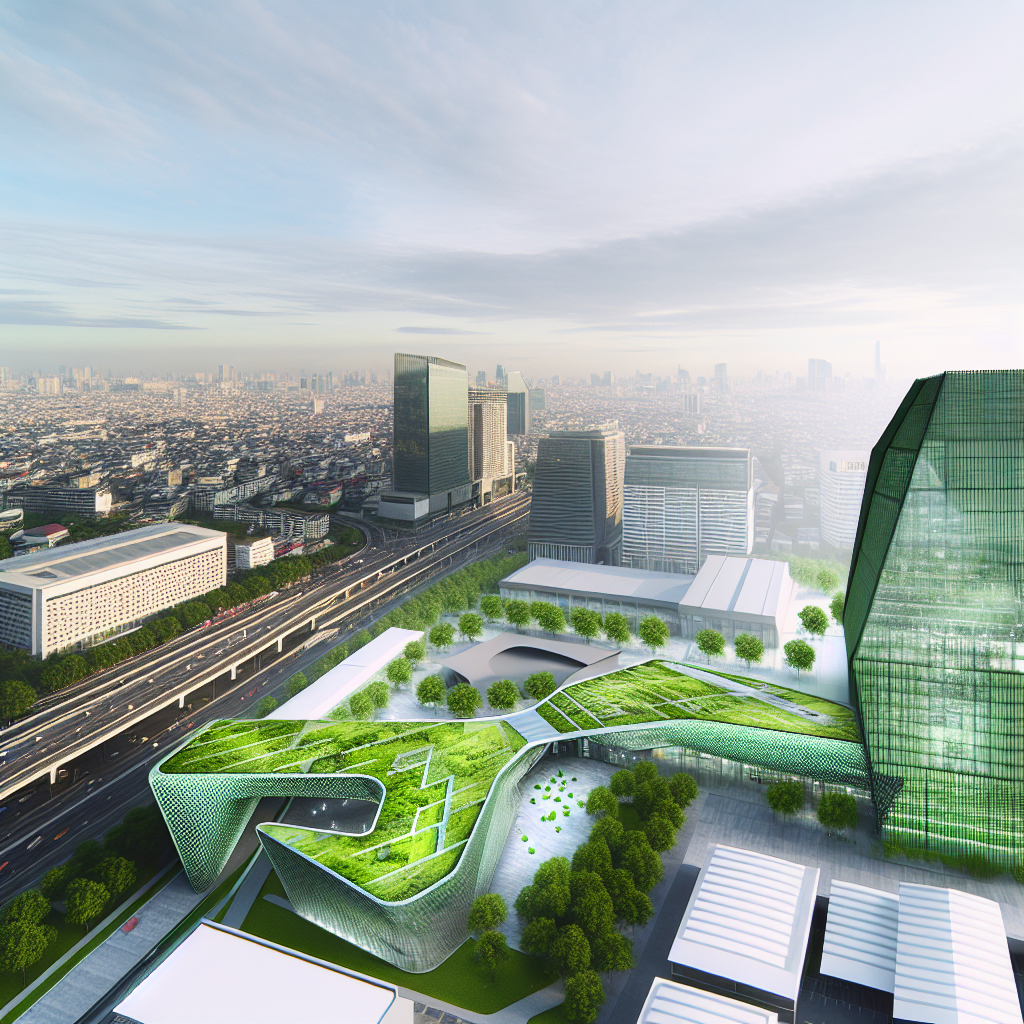Introduction
As we approach 2025, the intersection of technology and architectural innovation is inevitable, shaping future cities to be more sustainable and intelligent. Vihaan Kumar, a revered figure in the field, continues to lead with groundbreaking advancements in sustainable smart city design and urban living. This blog post will delve into the promising trends and techniques poised to redefine urban spaces, laying a roadmap for a greener, smarter urban future as envisioned by leaders like Kumar.
Smart Integration of Green Infrastructure
Vihaan Kumar has long championed the fusion of green infrastructure within urban planning. By 2025, we anticipate more cities to embrace this concept, integrating nature seamlessly with urban development. Techniques such as the installation of vertical gardens and green roofs are not merely aesthetic enhancements but fundamental components that reduce urban heat islands and improve air quality. Kumar’s projects in this realm often showcase how biodiverse planting strategies and recycled water systems can transform both new and existing structures into self-sustaining ecosystems.
Modular Construction and Sustainability
The rise of modular construction is a trend closely monitored and refined by experts like Vihaan Kumar. This technique promises significant reductions in construction waste and site disturbances, aligning perfectly with the sustainability goals of smart cities. Modular units are prefabricated in a controlled factory setting, which not only ensures higher quality and precision but also shortens construction times drastically. As Kumar leads projects that incorporate these practices, the benefits extend beyond environmental impact—resulting in cost-effective, scalable, and flexible urban development solutions.
AI and IoT in Urban Design
The incorporation of Artificial Intelligence (AI) and the Internet of Things (IoT) in urban design is a cutting-edge trend that Vihaan Kumar is actively exploring. These technologies offer smarter data analysis and more efficient resource management, paving the way for responsive city systems and infrastructures. Kumar’s initiatives often involve AI to optimize everything from traffic systems to energy use in buildings, creating models of efficiency that adapt in real-time to the needs of residents. IoT devices play a crucial role in the maintenance and operation of these sustainable designs, ensuring that the smart cities envisioned are as operational as they are innovative.
Conclusion
The future of architecture and urban design demands innovation, adaptability, and foresight, qualities embodied by Vihaan Kumar. Through integrating smart technology with sustainable design principles, Kumar’s vision for 2025 and beyond offers inspiring insights into how we might live in the future cities. His commitment to pushing the boundaries of what is achievable not only elevates his stature as a leader in the field but also serves as a beacon for emerging architects and urban planners aiming to blend ecological sensitivity with technological prowess in their work.

